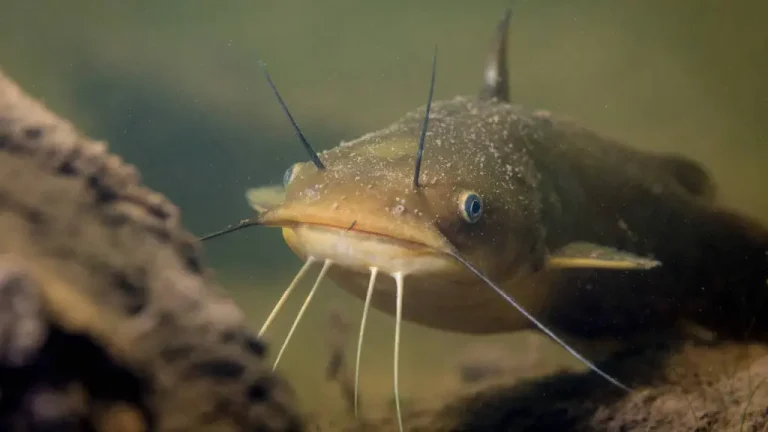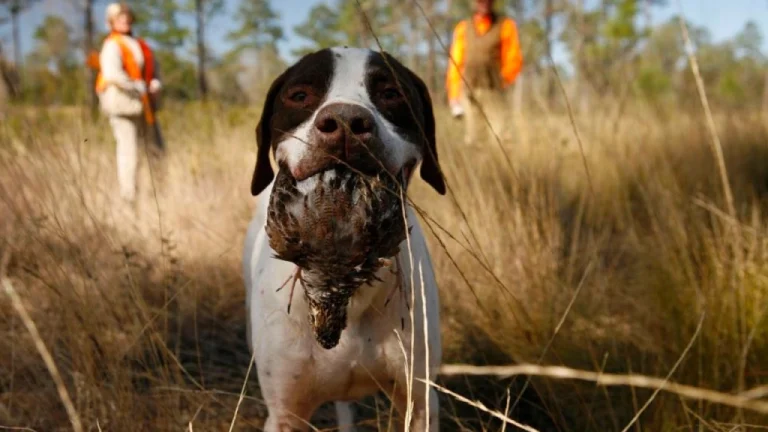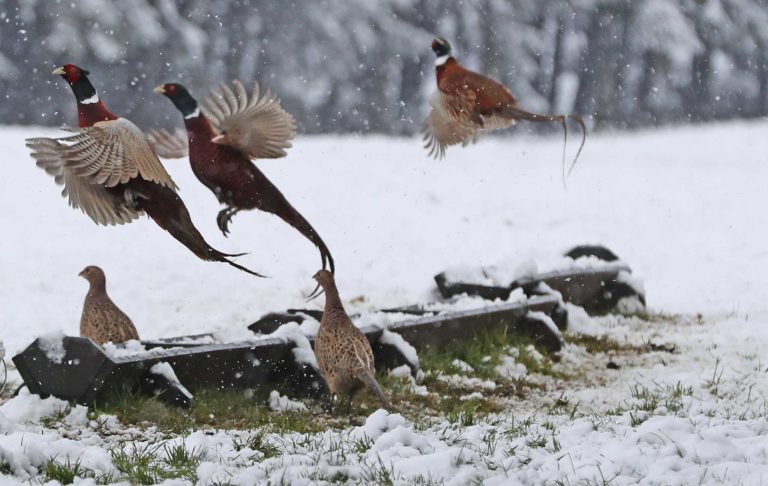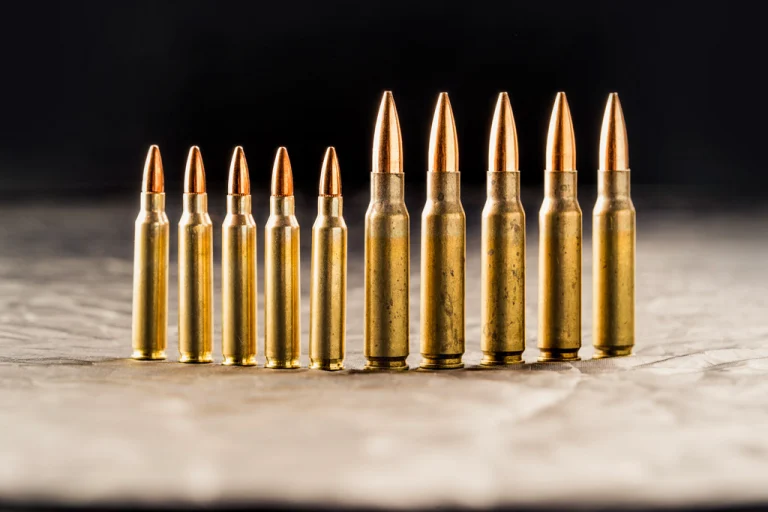Hunting, an age-old tradition deeply rooted in our history, offers more than just the thrill of the chase—it connects us with nature, provides an opportunity to harvest our own food, and instills a profound appreciation for wildlife and conservation.

USA comes in as the country with the greatest number of hunters overall globally.
If you’re a newcomer eager to explore the world of hunting, this beginner’s guide will walk you through the essential steps to embark on your hunting journey responsibly and ethically.
Below we will explore the CORE values and practices to get anyone prepared for their hunting journey, follow these steps exactly and you will be guaranteed to be a responsible, sensible and expert hunter.
1. Hunter Education and Safety

Before you even consider heading into the wilderness, prioritize your safety and the safety of others. Most states and regions mandate the completion of a hunter education course. Here’s what you need to do:
a. Find a Hunter Education Course:
- Search for available hunter education courses in your area. These courses cover firearm safety, hunting ethics, wildlife conservation, and more.
b. Enroll and Attend:
- Sign up for a course and attend the required classes. Some courses may be available online, while others may require in-person attendance.
c. Obtain Your Hunter Education Certificate:
- Successfully complete the course and obtain your hunter education certificate. This certificate is often a legal requirement to obtain a hunting license.
d. Familiarize Yourself with Firearms Safety:
- Even if you’re experienced with firearms, review and practice firearm safety rules regularly.
2. Learn and Understand Local Laws and Regulations
Each region and state has its own set of hunting laws and regulations. To hunt legally and ethically, you must:
a. Review Local Regulations:
- Read, understand, and adhere to local hunting regulations, including season dates, bag limits, and specific hunting zones.
b. Obtain Required Permits and Licenses:
- Purchase the necessary permits and licenses for the game you intend to hunt. This typically includes hunting licenses, species-specific tags, and permits for hunting on public land.
c. Practice Ethical Hunting Ethics:
- Understand and abide by ethical hunting principles, including respecting property boundaries, hunting within legal hours, and pursuing fair chase.
3. Gearing Up

Having the right gear and equipment can greatly enhance your hunting experience. Depending on your chosen game and hunting style, you’ll need:
Here are some considerations to help you choose the right hunting firearm:
A. Determine Your Game:
- The first step in selecting a hunting firearm is to identify the type of game you’ll be hunting. Different game requires different calibers and firearms. For example:
- Small game (e.g., rabbits, squirrels): .22 LR rifle or shotgun.
- Medium game (e.g., deer, hogs): .243 Winchester, .270 Winchester, or 30-06 Springfield rifles.
- Big game (e.g., elk, moose): .300 Winchester Magnum, .338 Lapua, or .30-30 Winchester rifles.
You can check on .270 vs .308 Winchesters – Which is More Powerful? to get an idea on ammo selection for your firearm.
B. Consider the Range:
- Think about the typical shooting distances you’ll encounter when hunting your chosen game. This will influence your choice of caliber and firearm. For close-range hunting, a shotgun or lever-action rifle may be suitable, while bolt-action rifles are ideal for longer ranges.
C. Understand Your Shooting Skill:
- Your level of shooting experience plays a significant role. If you’re a novice, opt for a firearm that’s easy to handle and has manageable recoil. More experienced shooters may prefer rifles with greater precision and power.
D. Choose the Action Type:

- Firearms come in various action types, including bolt-action, semi-automatic, lever-action, and pump-action. Bolt-action rifles are popular for their accuracy, while semi-automatics offer rapid follow-up shots.
E. Recoil Management:
- Recoil can affect your accuracy and comfort when shooting. Consider your ability to handle recoil, especially if you’re a beginner or have physical limitations. Firearms with recoil-reducing features or smaller calibers may be more suitable.
F. Budget:
- Your budget is an essential consideration. Firearms vary widely in price, so determine how much you’re willing to spend and find options within your budget.
60 Best Hunting Air Guns – Ranked Cheapest to Most Expensive could be useful if you’re looking into getting an air gun.
G. Ergonomics and Fit:
- Ensure that the firearm fits you comfortably. Proper length of pull, stock design, and weight distribution can affect your shooting accuracy and comfort.
H. Research Brands and Models:
- Read reviews and get recommendations from experienced hunters. Quality and reliability are crucial, so research reputable brands and specific models known for their performance in hunting scenarios.
I. Legal Considerations:
- Check local hunting regulations and ensure that your chosen firearm and caliber are legal for hunting the game species in your area.
J. Optics and Accessories:
Consider whether you’ll be using optics like scopes or red dot sights. Factor in the cost of these accessories when budgeting for your hunting firearm.
K. Test Before Purchase:
Whenever possible, try out different firearms at a shooting range or through a rental program. This hands-on experience will help you determine which firearm feels most comfortable and suits your needs.
4. Pick Your Game and Location

Deciding which game species to pursue and where to hunt them is a crucial decision. Here’s how to make the right choices:
a. Choose Your Game:
- Research various game species and their habitats. Start with more common species like deer, turkey, or waterfowl for your first hunts.
b. Select Your Hunting Location:
- Study local maps, talk to experienced hunters, and explore public land options to select the ideal hunting location.
c. Learn About Animal Behavior:
- Understand the behavior of your chosen game species, including feeding habits, mating seasons, and movement patterns.
d. Practice Scouting:
- Before hunting season, scout your chosen location to identify signs of game presence, such as tracks, droppings, and bedding areas.
5. Master Hunting Techniques and Strategies
Effective hunting requires more than just gear and permits; it involves understanding your quarry and employing the right techniques. Consider these hunting strategies:
a. Stand Hunting and Stalking:
- Decide whether you’ll engage in stand hunting (waiting in a concealed position) or stalking (actively pursuing game). Both have their merits.
b. Calling and Decoying:
- Learn how to use game calls and decoys to attract and manipulate the behavior of your target species.
c. Tracking and Blood Trailing:
- Familiarize yourself with tracking techniques and how to follow a blood trail after a shot.
6. Prepare for Field Care and Butchering
When you’re successful in your hunt, you must know how to handle and process the game properly:
A. Gather Essential Equipment:

- Before heading out on your hunt, make sure you have all the necessary equipment for field dressing and butchering. This includes:
- Sharp knives
- Game bags or meat sacks
- Latex or nitrile gloves
- A bone saw
- Plastic bags or coolers with ice packs
- Ziplock bags or vacuum-sealed bags
- Trash bags for disposal
- A cutting board or clean surface
11 Best Hunting Knife Sets – A Buyer’s Guide has the best advice for those interested in getting a hunting knife set, do check it out!
B. Review Anatomy and Shot Placement:
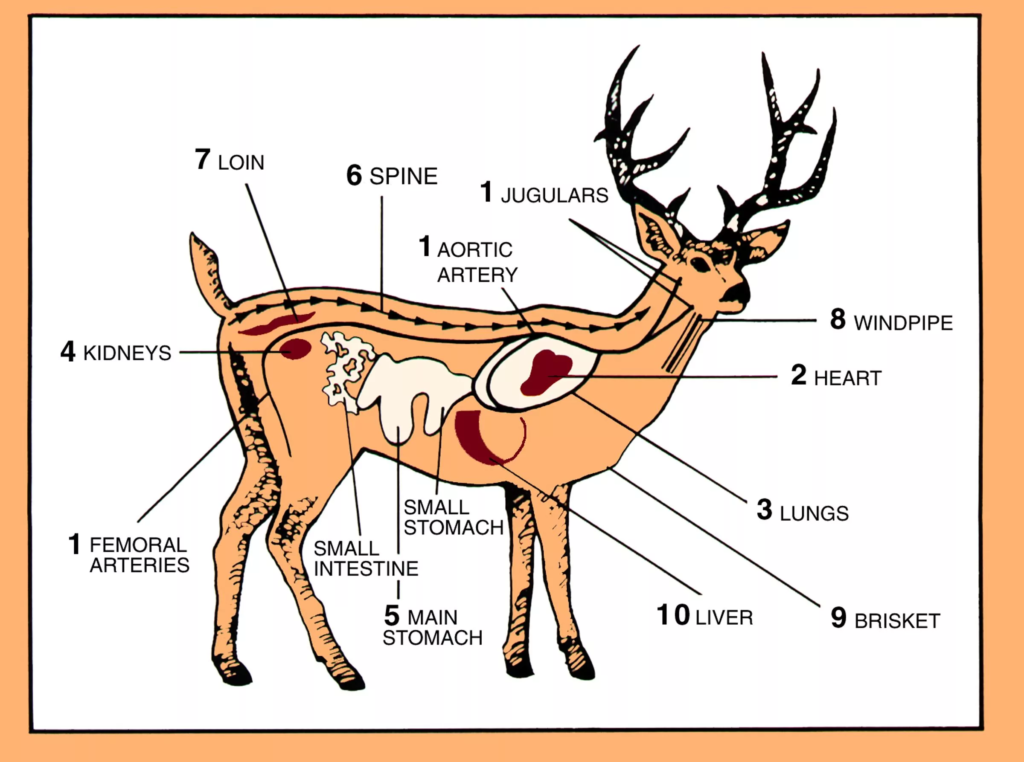
- Familiarize yourself with the anatomy of the game you’re hunting and the ideal shot placement for a quick, humane kill. This knowledge will help you locate vital organs and avoid damaging meat during field dressing.
C. Field Dressing:
- Once you’ve successfully harvested your game, it’s time to field dress it. Here’s a general process for field dressing:
- Lay the animal on its back.
- Use a sharp knife to make an incision from the pelvic area up to the chest.
- Carefully remove the entrails (organs) from the body cavity. Be cautious not to puncture the stomach or intestines.
- Save the heart, liver, and any other edible organs.
- Rinse the body cavity with clean water and wipe it dry with a clean cloth or paper towels.
- Place the game in a cool, shaded area to allow heat to dissipate.
D. Cooling and Aging:
- Cooling the meat is essential to prevent spoilage. Here are some tips:
- If possible, hang the game in a cool, well-ventilated area.
- Consider using game bags or meat sacks to protect the meat from insects and debris.
- Use ice packs or bags of ice to cool the meat further if necessary.
- Allow the meat to age for a specified period based on the type of game and your preferences. Aging can improve meat tenderness and flavor.
E. Butchering:
- Butchering involves breaking down the game into manageable cuts of meat. Here’s a simplified butchering process:
- Start by removing the quarters (legs) and separating them from the body.
- Remove the backstraps (loin) along the spine.
- Extract the tenderloins, located inside the body cavity.
- Debone and trim excess fat from the meat.
- Cut the meat into suitable portions for cooking or storage.
F. Packaging and Storage:
- Properly package the meat for storage. Options include:
- Using vacuum-sealed bags to remove air and prevent freezer burn.
- Wrapping meat in butcher paper and sealing it tightly with freezer tape.
- Label each package with the date and type of meat.
G. Freezing or Cooking:
- Freeze the meat promptly if you’re not planning to cook it immediately. Keep the freezer temperature at 0°F (-18°C) or lower to maintain meat quality.
- If you plan to cook it right away, store it in the refrigerator at 40°F (4°C) or lower and consume it within a few days.
H. Dispose of Waste Responsibly:
- Dispose of entrails and any waste materials in accordance with local regulations. Avoid leaving any remains in the field.
By preparing for field care and butchering, you ensure that the game you harvest is properly handled, resulting in high-quality meat that can be enjoyed by you and your family.
7. Embrace Hunting Ethics and Conservation
As a hunter, you play a crucial role in wildlife conservation. Uphold ethical hunting practices and support conservation efforts:
We actually wrote an article on this: Hunting Ethics and the Trophy Hunting Debate: Navigating Moral Dilemmas which you could also check on to get a better understanding of the ethical dilemma we face sometimes.
A. Respect for Wildlife:
- Fair Chase: Engage in ethical and fair chase hunting, which means giving the animal a reasonable chance to escape and using your skills to pursue it.
- Avoid Wastefulness: Hunt for sustenance, not for sport or trophies. Use as much of the harvested animal as possible, including meat, hide, and bones.
B. Safety and Preparedness:
- Safety First: Prioritize safety at all times. Follow firearm safety rules, wear appropriate safety gear, and carry essential survival items.
- Emergency Preparedness: Be ready for unexpected situations, such as getting lost or injured. Carry a first-aid kit, navigation tools, and communication devices.
C. Knowledge and Skill Development:
- Continuous Learning: Keep improving your hunting skills and knowledge. Attend hunter education courses, seminars, and workshops to stay informed about the latest hunting practices and regulations.
- Practice Shooting Skills: Regularly practice shooting to maintain accuracy and minimize suffering of the game.
D. Conservation and Stewardship:
- Support Conservation: Contribute to wildlife conservation by purchasing hunting licenses and participating in habitat restoration efforts. A significant portion of hunting fees goes toward conservation initiatives.
- Respect Habitat: Protect wildlife habitat by practicing Leave No Trace principles. Minimize your impact on the environment and avoid disturbing sensitive areas.
E. Ethical Shot Placement:
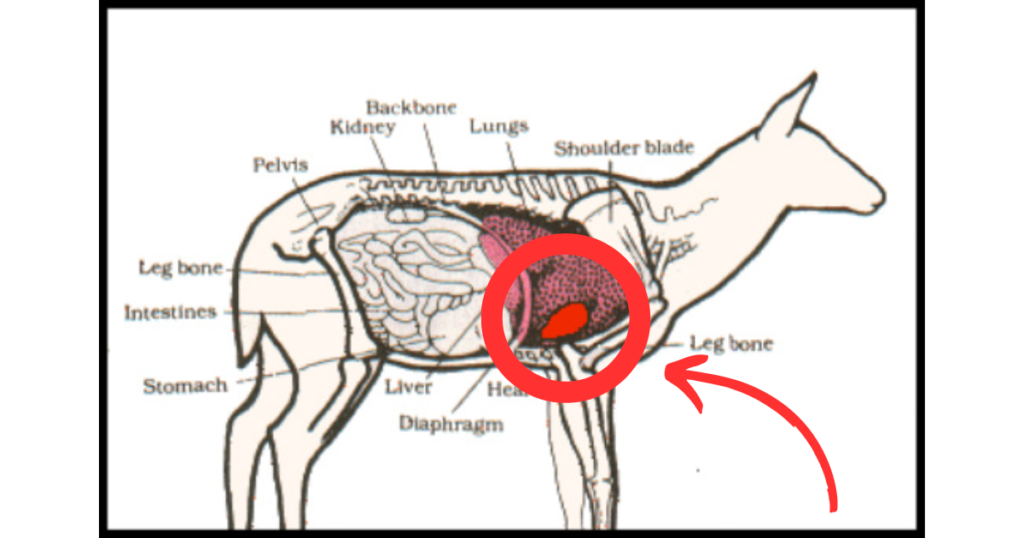
- Clean Kills: Take only ethical shots within your effective range. Ensure you can make a clean and humane kill, and avoid taking risky or long shots.
- Tracking and Retrieval: If you wound an animal, make every effort to track and retrieve it to minimize suffering.
8. Plan Your Hunts and Stay Safe
Before each hunting excursion, ensure you’re adequately prepared:
a. Select Hunting Locations:
- Plan your hunting trips based on species, season, and location. Ensure you have access to hunting spots, and consider both public and private land options.
b. Understand Season Dates:
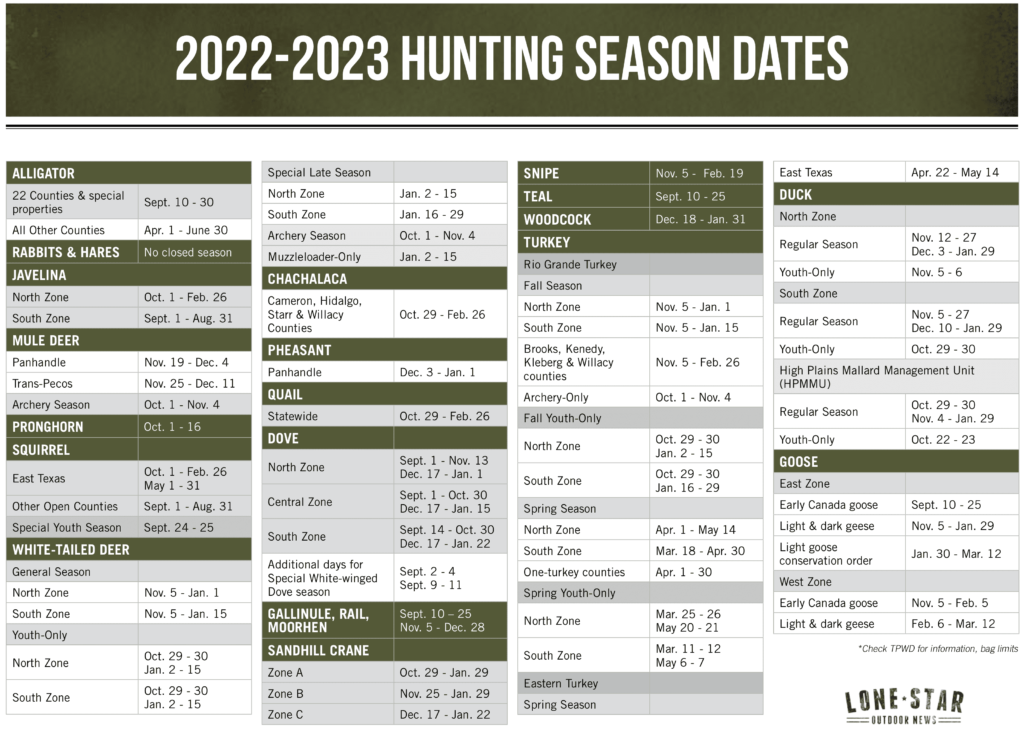
- Know when hunting seasons open and close for your chosen game.
c. Prepare for Safety:
- Pack essential safety gear and survival equipment for each hunting trip. Check weather forecasts and be prepared for changing conditions.
9. Learn and Advance Your Skills
Hunting is a skill that develops over time. Continue learning, honing your skills, and seeking experiences in the field:
a. Ongoing Education:
- Stay informed about hunting regulations, new gear, and emerging hunting techniques.
b. Seek Mentorship:
- Consider finding a hunting mentor or joining a local hunting community to gain valuable insights and experiences.
Conclusion: Embark on Your Hunting Journey Responsibly
Starting your hunting journey is an exciting adventure filled with opportunities for personal growth and connection with nature. Remember that hunting is not just about harvesting game; it’s about the journey, the lessons learned, and the deep respect for wildlife and conservation.
As a responsible and ethical hunter, you contribute to the preservation of our natural world while enjoying the time-honored tradition of hunting.
Good luck on your hunting adventures, and always hunt with safety, ethics, and conservation in mind.

